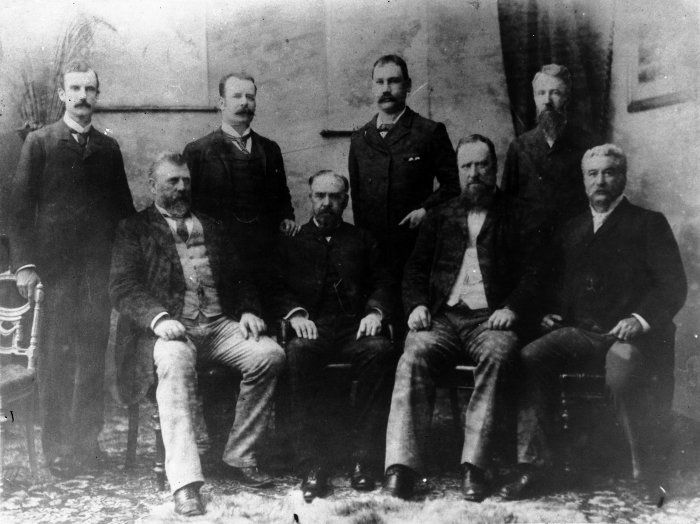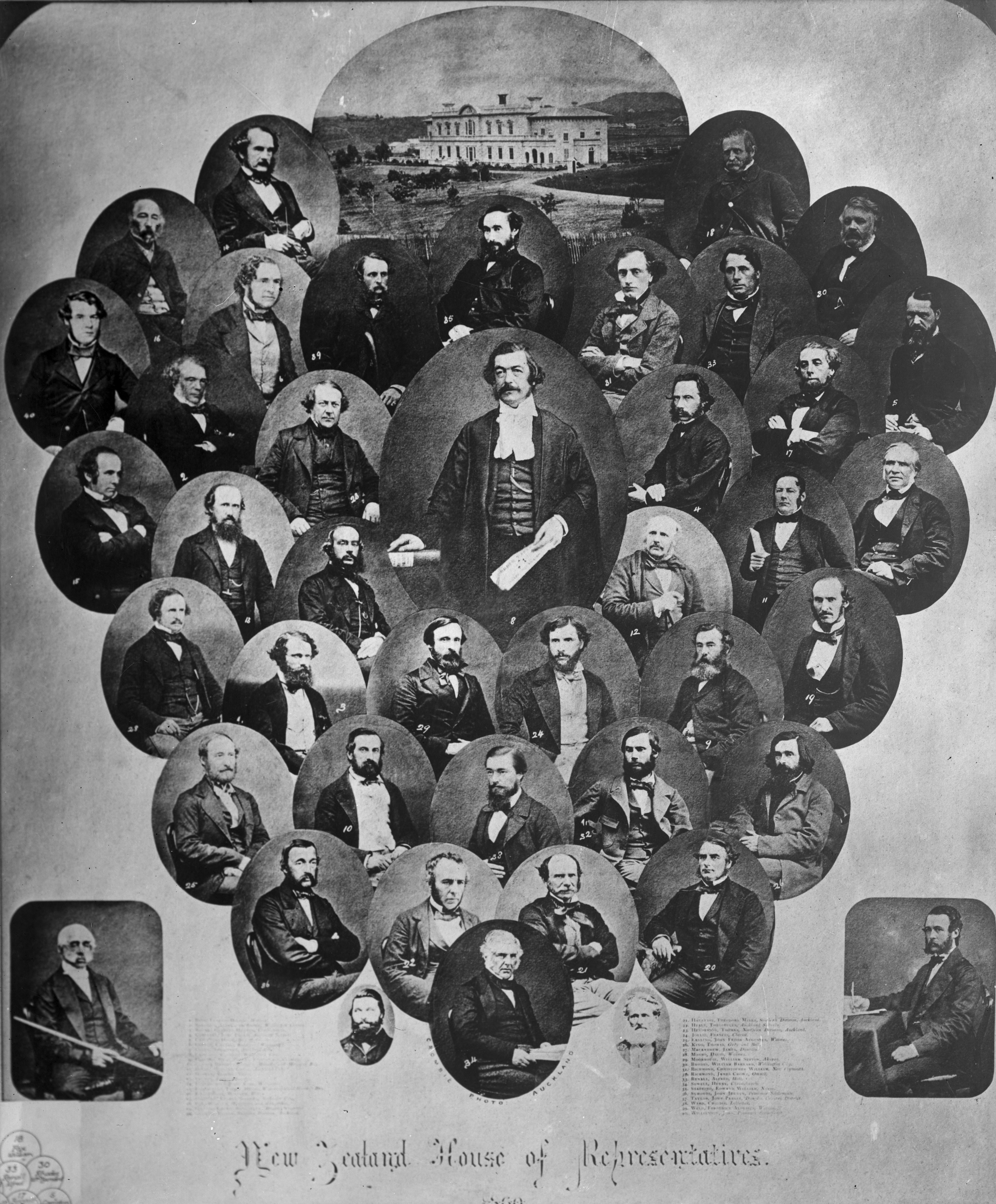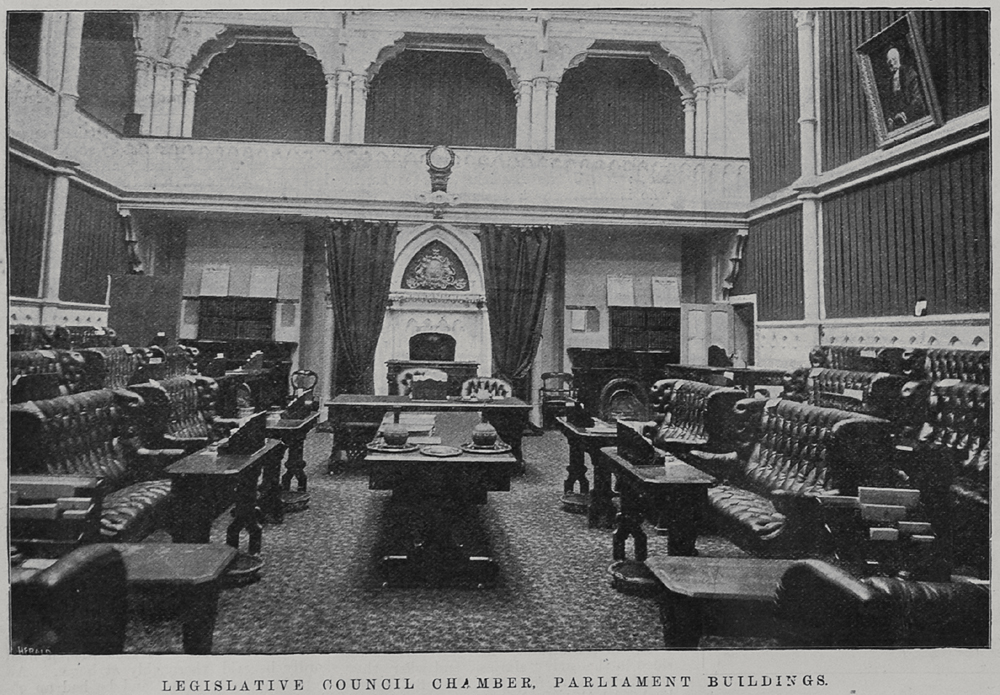|
Auckland Anniversary Day
Auckland Anniversary Day is a public holiday observed in the northern half of the North Island of New Zealand, being the area's provincial anniversary day. It is observed throughout the historic Auckland Province, even though the provinces of New Zealand were abolished in 1876. The modern area of observation consists of all of the Northland (where it is known as Northland Day), Auckland, Waikato, Bay of Plenty and Gisborne regions, as well as some parts of the Manawatū-Whanganui and Hawke's Bay regions north of the 39th parallel. The holiday falls on the Monday closest to 29 January, the anniversary of the arrival of William Hobson, later the first Governor of New Zealand, in the country in 1840. History Auckland Anniversary Day was established by Governor Hobson's direction, over Willoughby Shortland's signature, in 1842. '' The New Zealand Government Gazette'' of 26 January 1842 (Volume 2, 4th edition) carried a notice stating, The choice of 29 January appeared stran ... [...More Info...] [...Related Items...] OR: [Wikipedia] [Google] [Baidu] |
Auckland Province
The Auckland Province was a province of New Zealand from 1853 until the abolition of provincial government in 1876. Area The province covered roughly half of the North Island of New Zealand. It was the largest of the six initial provinces, both by area and population. The southern boundary was mostly along the 39th latitude, which was an arbitrary line, as the country's interior was little known by Europeans. It was not subdivided during its existence; the Taranaki Province (originally named New Plymouth Province) was the only other that remained unchanged during its existence. History The six original provinces were established in 1853. At that time, about 30,000 Europeans were living in New Zealand, a third of them in the Auckland Province. An estimated 70% of the Māori population was within the Auckland Province. Although the population of Otago Province (triggered by the Central Otago Gold Rush) and then also the Canterbury Province surpassed Auckland's, the northernmos ... [...More Info...] [...Related Items...] OR: [Wikipedia] [Google] [Baidu] |
Capital Of New Zealand
Wellington has been the capital of New Zealand since 1865. New Zealand's first capital city was Old Russell ( Okiato) in 1840–41. Auckland was the second capital from 1841 until 1865, when Parliament was permanently moved to Wellington after an argument that persisted for a decade. As the members of parliament could not agree on the location of a more central capital, Wellington was decided on by three Australian commissioners. Okiato Okiato or Old Russell is a small holiday spot in the Bay of Islands, south of present-day Russell, which was then known as Kororareka. Okiato was New Zealand's first national capital, for a short time from 1840 to 1841, before the seat of government was moved to Auckland. William Hobson arrived in New Zealand on 29 January 1840, the date now celebrated as the Auckland Anniversary Day. On the following day, as Lieutenant-Governor he proclaimed British Sovereignty in New Zealand. 30 January 1840 was the day that the Union Jack was flown on th ... [...More Info...] [...Related Items...] OR: [Wikipedia] [Google] [Baidu] |
February Observances
February is the second month of the year in the Julian calendar, Julian and Gregorian calendars. The month has 28 days in common years or 29 in leap years, with the 29th day being called the ''leap day''. It is the first of five months not to have 31 days (the other four being April, June, September, and November) and the only one to have fewer than 30 days. February is the third and last month of meteorological winter in the Northern Hemisphere. In the Southern Hemisphere, February is the third and last month of meteorological summer (being the seasonal equivalent of what is August in the Northern Hemisphere). Pronunciation "February" is pronounced in several different ways. The beginning of the word is commonly pronounced either as or ; many people drop the first "r", replacing it with , as if it were spelled "Febuary". This comes about by analogy with "January" (), as well as by a dissimilation effect whereby having two "r"s close to each other causes one to change. The ... [...More Info...] [...Related Items...] OR: [Wikipedia] [Google] [Baidu] |
January Observances
January is the first month of the year in the Julian and Gregorian calendars and is also the first of seven months to have a length of 31 days. The first day of the month is known as New Year's Day. It is, on average, the coldest month of the year within most of the Northern Hemisphere (where it is the second month of winter) and the warmest month of the year within most of the Southern Hemisphere (where it is the second month of summer). In the Southern hemisphere, January is the seasonal equivalent of July in the Northern hemisphere and vice versa. Ancient Roman observances during this month include Cervula and Juvenalia, celebrated January 1, as well as one of three Agonalia, celebrated January 9, and Carmentalia, celebrated January 11. These dates do not correspond to the modern Gregorian calendar. History January (in Latin, '' Ianuarius'') is named after Janus, the god of beginnings and transitions in Roman mythology. Traditionally, the original Roman calendar c ... [...More Info...] [...Related Items...] OR: [Wikipedia] [Google] [Baidu] |
Anniversaries
An anniversary is the date on which an event took place or an institution was founded in a previous year, and may also refer to the commemoration or celebration of that event. The word was first used for Catholic feasts to commemorate saints. Most countries celebrate national anniversaries, typically called national days. These could be the date of independence of the nation or the adoption of a new constitution or form of government. There is no definite method for determining the date of establishment of an institution, and it is generally decided within the institution by convention. The important dates in a sitting monarch's reign may also be commemorated, an event often referred to as a "jubilee". Names * Birthdays are the most common type of anniversary, on which someone's birthdate is commemorated each year. The actual celebration is sometimes moved for practical reasons, as in the case of an official birthday or one falling on February 29. * Wedding anniversarie ... [...More Info...] [...Related Items...] OR: [Wikipedia] [Google] [Baidu] |
Auckland Anniversary Regatta
The first Auckland Anniversary Regatta took place in 1840 and has grown to become one of the largest single day regattas and is the oldest sporting event in New Zealand. Auckland Anniversary Regatta Inc. The number of boats entered in 2008 was 400 which when compared to the Sydney Australia Day Regatta entry of 120 gives an indication of the magnitude of this event. The size is particularly interesting when traditionally the prizes have just been the honour of winning. As a yachting event it pre-dates the more prestigious America's Cup
The America's Cup, informally known as the Auld Mug, is a trophy awarded in the sport of sailing. It is the oldest ...
[...More Info...] [...Related Items...] OR: [Wikipedia] [Google] [Baidu] |
The Evening Post (New Zealand)
''The Evening Post'' (8 February 1865 – 6 July 2002) was an afternoon metropolitan daily newspaper based in Wellington, New Zealand. It was founded in 1865 by Dublin-born printer, newspaper manager and leader-writer Henry Blundell, who brought his large family to New Zealand in 1863. With his partner from what proved to be a false-start at Havelock, David Curle, who left the partnership that July, Henry and his three sons printed with a hand-operated press and distributed Wellington's first daily newspaper, ''The Evening Post'', on 8 February 1865. Operating from 1894 as Blundell Bros Limited, his sons and their descendants continued the very successful business which dominated its circulation area. While ''The Evening Post'' was remarkable in not suffering the rapid circulation decline of evening newspapers elsewhere it was decided in 1972 to merge ownership with that of the never-as-successful politically conservative morning paper, '' The Dominion'', which belonged to ... [...More Info...] [...Related Items...] OR: [Wikipedia] [Google] [Baidu] |
The New Zealand Herald
''The New Zealand Herald'' is a daily newspaper published in Auckland, New Zealand, owned by New Zealand Media and Entertainment, and considered a newspaper of record for New Zealand. It has the largest newspaper circulation of all newspapers in New Zealand, peaking at over 200,000 copies in 2006, although circulation of the daily ''Herald'' had declined to 100,073 copies on average by September 2019. Its main circulation area is the Auckland region. It is also delivered to much of the upper North Island including Northland, Waikato and King Country. History ''The New Zealand Herald'' was founded by William Chisholm Wilson, and first published on 13 November 1863. Wilson had been a partner with John Williamson in the ''New Zealander'', but left to start a rival daily newspaper as he saw a business opportunity with Auckland's rapidly growing population. He had also split with Williamson because Wilson supported the war against the Māori (which the ''Herald'' termed ... [...More Info...] [...Related Items...] OR: [Wikipedia] [Google] [Baidu] |
Liberal Government Of New Zealand
The Liberal Government of New Zealand was the first responsible government in New Zealand politics organised along party lines. The government formed following the founding of the Liberal Party and took office on 24 January 1891, and governed New Zealand for over 21 years until 10 July 1912. To date, it is the longest-serving government in New Zealand's history. The government was also historically notable for enacting significant social and economic changes, such as the Old Age Pensions Act and women's suffrage. One historian described the policies of the government as "a revolution in the relationship between the government and the people". James Belich, quoted in Michael King ''The Penguin History of New Zealand'', page 259 Significant policies Economic * Passed the Industrial Conciliation and Arbitration Act 1894. This established a conciliation and compulsory arbitration system with the aim of providing the unions with the means of protecting their members. The act enco ... [...More Info...] [...Related Items...] OR: [Wikipedia] [Google] [Baidu] |
New Zealand House Of Representatives
The House of Representatives is the sole chamber of the New Zealand Parliament. The House passes laws, provides ministers to form Cabinet, and supervises the work of government. It is also responsible for adopting the state's budgets and approving the state's accounts. The House of Representatives is a democratic body consisting of representatives known as members of parliament (MPs). There are normally 120 MPs, though this number can be higher if there is an overhang. Elections take place usually every three years using a mixed-member proportional representation system which combines first-past-the-post elected seats with closed party lists. 72 MPs are elected directly in single-member electoral districts and further seats are filled by list MPs based on each party's share of the party vote. A government may be formed from the party or coalition that has the support of a majority of MPs. If no majority is possible, a minority government can be formed with a confide ... [...More Info...] [...Related Items...] OR: [Wikipedia] [Google] [Baidu] |
New Zealand Legislative Council
The New Zealand Legislative Council was the upper house of the General Assembly of New Zealand between 1853 and 1951. An earlier arrangement of legislative councils for the colony and provinces existed from 1841 when New Zealand became a colony; it was reconstituted as the upper house of a bicameral legislature when New Zealand became self-governing in 1852, which came into effect in the following year. Unlike the elected lower house, the House of Representatives, the Legislative Council was wholly appointed by the governor-general. The New Zealand Constitution Act 1852 had authorised the appointment of a minimum of ten councillors. Beginning in the 1890s, the membership of the upper house became controlled by government of the day. As a result, the Legislative Council possessed little influence. While intended as a revising chamber, in practice, debates and votes typically simply replicated those in the lower house. It was abolished by an Act of Parliament in 1950, with i ... [...More Info...] [...Related Items...] OR: [Wikipedia] [Google] [Baidu] |
Prime Minister Of New Zealand
The prime minister of New Zealand ( mi, Te pirimia o Aotearoa) is the head of government of New Zealand. The prime minister, Jacinda Ardern, leader of the New Zealand Labour Party, took office on 26 October 2017. The prime minister (informally abbreviated to PM) ranks as the most senior government minister. They are responsible for chairing meetings of Cabinet; allocating posts to ministers within the government; acting as the spokesperson for the government; and providing advice to the sovereign or the sovereign's representative, the governor-general. They also have ministerial responsibility for the Department of the Prime Minister and Cabinet. The office exists by a long-established convention, which originated in New Zealand's former colonial power, the then United Kingdom of Great Britain and Ireland. The convention stipulates that the governor-general must select as prime minister the person most likely to command the support, or confidence, of the House of ... [...More Info...] [...Related Items...] OR: [Wikipedia] [Google] [Baidu] |









